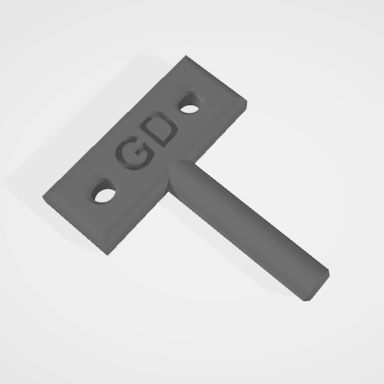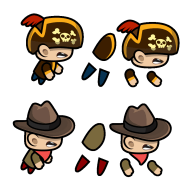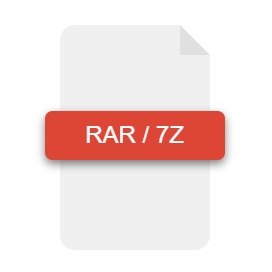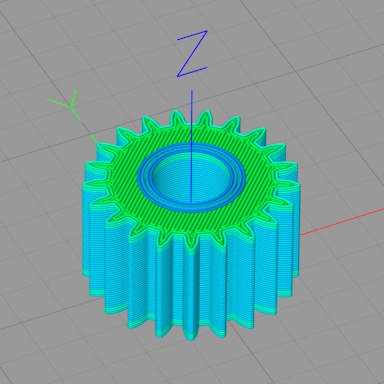PSD file format information
| Extension | PSD |
| Full Name | Adobe Photoshop |
| Type | Image |
| Mime Type | image/vnd.adobe.photoshop |
| Format | Binary |
| Opens With | Photoshop |
PSD files are the native format used by Adobe Photoshop, one of the most popular image editing applications available. As Photoshop is still under active development, the PSD format is also being enhanced with each new release.
Within a PSD file are the various elements that make up a Photoshop document, from images and text to document metadata; these are all stored in the proprietary PSD format. PSD files also support layers, allowing elements to be edited individually without affecting elements on other layers.
As PSD files are primarily designed for use with Photoshop, for maximum compatibility, Photoshop is best placed to edit them. Other image editing applications can open PSD files, though not all features may be supported.
Repairing a PSD File
PSD Image File Header Data
The data contained within a PSD image file is binary, and it is the first sequence of bytes within the file that contains the header data for the image, which contains information such as image width, height, colour depth, palette, and other metadata.
Knowing how this header data is formed and what the header data should be for each individual file type allows our tool to not only ensure the file is using the correct file extension but also that all the expected pixel data is present and correct.
Pixel Colour Depth and Palettes
Certain image file formats (oftentimes, but not always, older formats), such as PSD, can store pixel data using a reduced number of bits per pixel. For regular full-colour images, these are stored at 24-bits per pixel (1 byte per RGB channel, equating to roughly 16 million colours). Storing pixels using reduced bits per pixel can help reduce the final file size, and older legacy hardware was often limited by the colour depth of their displays anyway, making this practice worthwhile.
Palettes are also commonplace, allowing a limited number of colours to be used from the full 16 million colour space. The PSD often does this to significantly reduce file size while retaining pixel and colour detail. During the validation and repair process, our tool will not alter the pixel colour depth or, if present, any palette used by the image.






